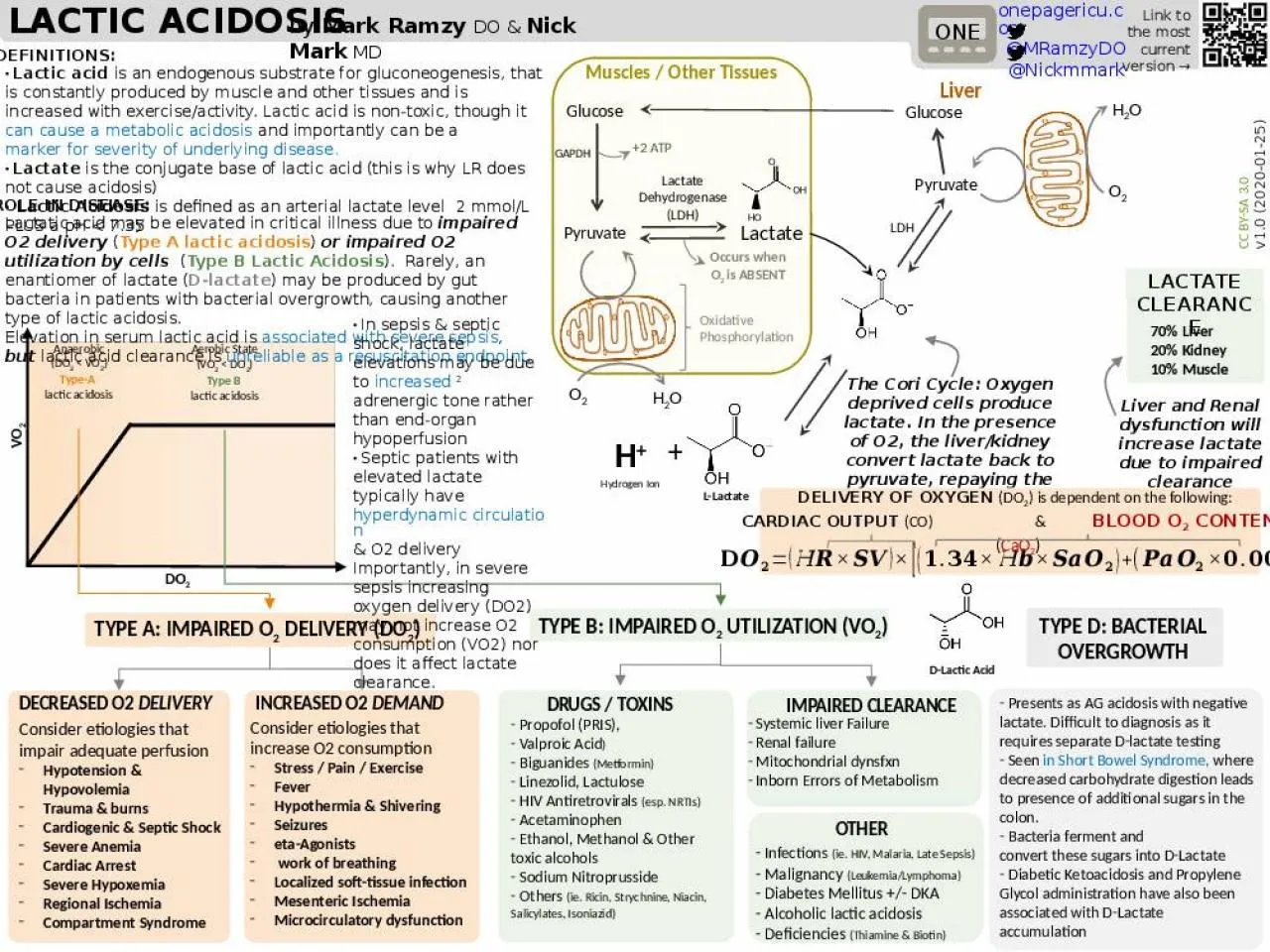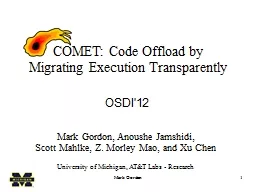PPT-by Mark Ramzy DO &
Author : harmony | Published Date : 2022-02-10
Nick Mark MD Link to the most current version LACTIC ACIDOSIS ONE onepagericucom MRamzyDO Nickmmark DEFINITIONS Lactic acid is an endogenous substrate for gluconeogenesis
Presentation Embed Code
Download Presentation
Download Presentation The PPT/PDF document "by Mark Ramzy DO &" is the property of its rightful owner. Permission is granted to download and print the materials on this website for personal, non-commercial use only, and to display it on your personal computer provided you do not modify the materials and that you retain all copyright notices contained in the materials. By downloading content from our website, you accept the terms of this agreement.
by Mark Ramzy DO &: Transcript
Download Rules Of Document
"by Mark Ramzy DO &"The content belongs to its owner. You may download and print it for personal use, without modification, and keep all copyright notices. By downloading, you agree to these terms.
Related Documents














